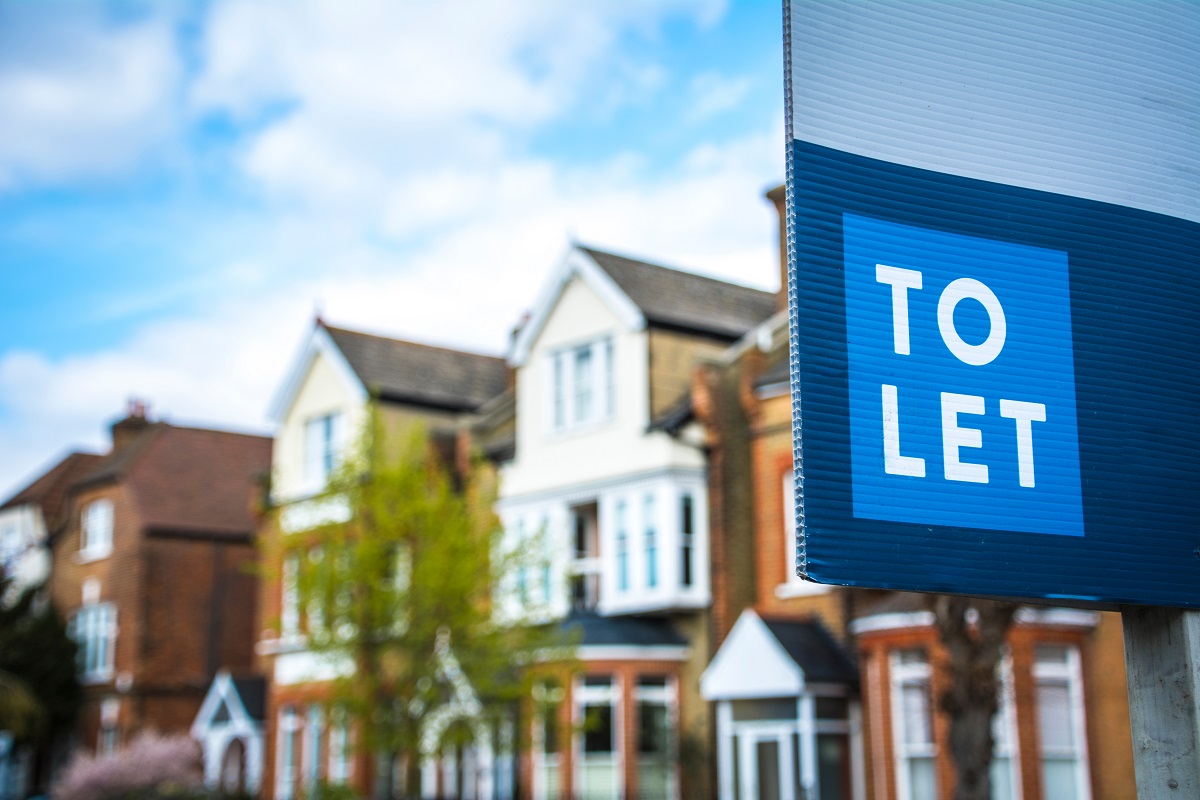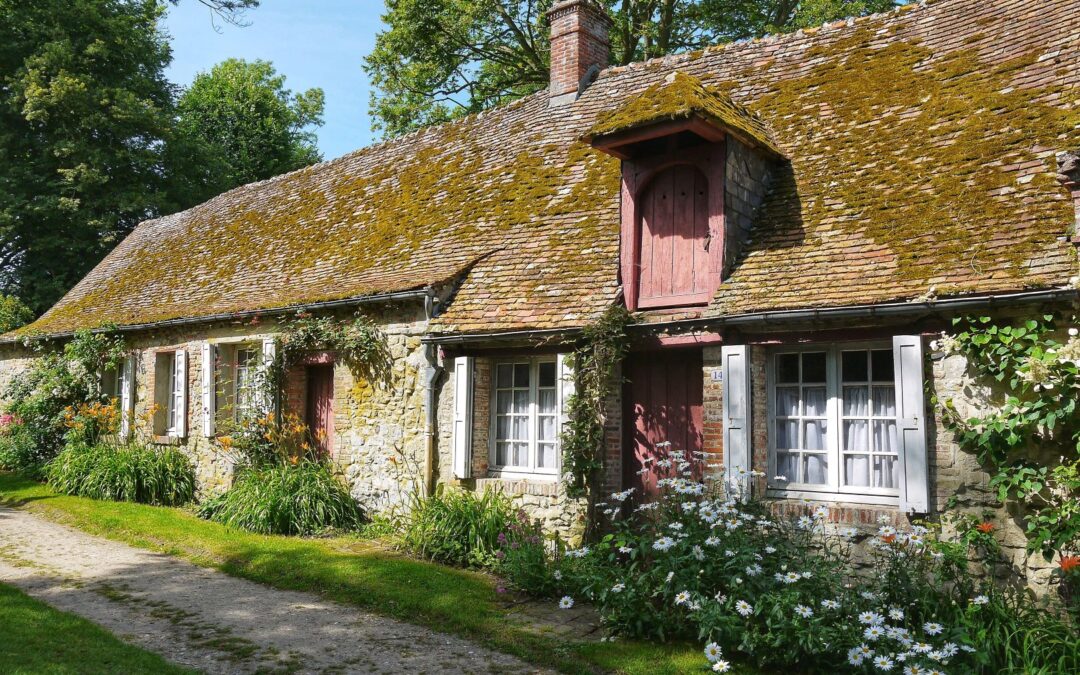The new 2020/21 tax year started on 6 April, bringing in several new tax changes that affect buy-to-let landlords.
These include an end to the old system of mortgage interest relief and changes to capital gains tax (CGT) payment deadlines.
Here’s OnTheMarket‘s rundown of the changes that landlords should be aware of.
Capital gains tax relief reduced
When a landlord sells a buy-to-let property, they must pay capital gains tax on any profit they make which is above the annual capital gains allowance, currently £12,000.
Basic rate taxpayers must pay 18 per cent in capital gains tax on gains above this threshold, whilst higher rate taxpayers must pay 28 per cent.
Homeowners who once lived in a property but then went on to let it out don’t have to include the years they lived there when working out their capital gains tax liability.
Prior to the start of the tax year, they could also claim tax relief on any gains made in in the final 18 months of ownership, regardless of whether they were living at the property. However, since 6 April, this has been reduced to nine months.
Lettings relief has also been restricted. This used to provide capital gains tax relief of £40,000 per owner when they sold a property that was their home before it was let out.
Couples who jointly owned a property could therefore claim relief of £80,000. Under current rules, lettings relief is now only available to landlords who are living in the property themselves when it is sold.
Capital gains tax bills must be paid within 30 days
Another major change for buy to let landlords in the 2020-21 tax year is that when they sell a property and have capital gains tax to pay on the profits, an estimate of the tax payable must be paid with 30 days of the sale completion date.
Read more
- Deposit return: A guide for tenants and landlords
- Thinking of buying a second home? A guide to stamp duty for future landlords
- 10 top tips for attracting tenants
Previously, landlords had to declare any capital gains tax liability on their self-assessment tax return, meaning they had a year to pay what they owed.
Mortgage interest tax relief phased out
Landlords used to be able to claim tax relief on their mortgage interest payments at their marginal tax rate. This meant basic, higher, and additional rate taxpayers could benefit from relief at 20 per cent, 40 per cent or 45 per cent respectively.
However, under changes to mortgage interest relief first announced in the 2015 Budget, this relief has gradually been phased out of the past few tax years.
Landlords can now only claim a tax credit at the basic rate of 20 per cent, regardless of whether they are a higher or additional rate taxpayers.
Landlords can still deduct other allowable costs from gross rental income when working out their taxable income though, such as water rates, council tax and electricity, landlord insurance, and letting agents’ fees.






